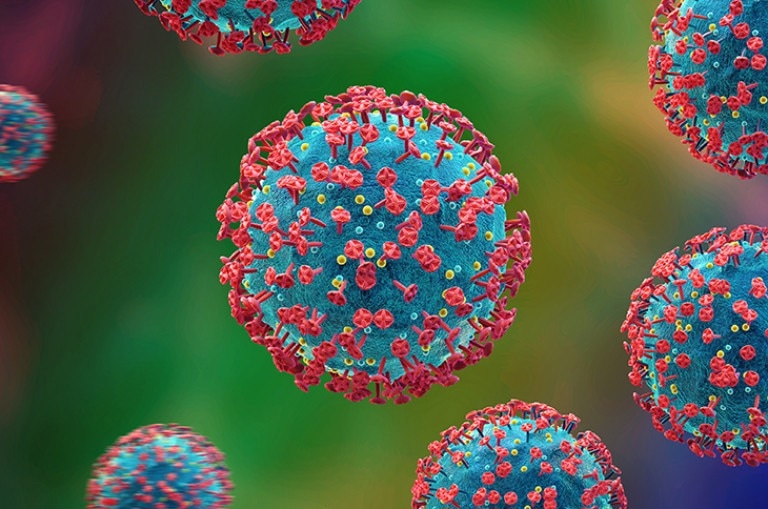According to Duke Health researchers, the human immunodeficiency virus (HIV) appears to be driven into a latent state, lurking in cells only to erupt once more. This immune response likely evolved to help fight infections.

Image Credit: Duke Health
The research team’s findings, which were published on November 14th, 2022 in the journal Nature Microbiology, offer a new understanding of the perplexing mechanism that not only makes HIV particularly stealthy but could also be involved in other viral infections.
HIV has proven to be incurable because of a small number of latently HIV-infected T-cells that are untouched by both antiviral drugs and the immune response.”
Bryan R. Cullen, PhD, Study Senior Author and Professor, Department of Molecular Genetics and Microbiology, Duke University School of Medicine
Cullen added, “These cells, which are very long-lived, can spontaneously emerge from latency and start producing HIV even years after infection, thus necessitating the life-long use of antiretrovirals. The origin of these latently infected cells has remained unknown despite considerable effort.”
The research by Cullen and his colleagues shed light on the role of a protein complex called SMC5/6 in chromosome maintenance and repair in the host cell.
HIV enters the body, infects CD4+ T-cells in the immune system, and then produces a genome-length DNA molecule that it integrates into the chromosome of a host cell. From there, it copies the genome to produce viral RNAs and proteins.
This so-called DNA provirus will fail to produce any viral RNAs or proteins and will become inert if it is prevented from integrating into the DNA of the host cell, such as by a medication that blocks this process. In contrast, HIV infections can typically be driven by DNA proviruses with the ability to integrate.
Cullen and his team discovered that the SMC5/6 protein complex starts a process that silences the DNA provirus before it integrates into a host cell chromosome in a small percentage of infected cells. Even after integration, these proviruses are inactive and cause latent infections that do not become active until provoked.
“Our research suggests that latency results not from any intrinsic properties of the infecting HIV but rather from an unfortunate side effect of a cellular innate immune response that probably evolved to silence invasive foreign DNA,” added Cullen.
A molecule that prevents SMC5/6 from silencing showed promising results as a potential therapeutic approach since it prevented the establishment of latent HIV infections, according to the researchers. Anti-retroviral medicines and innate immune system responses can neutralize reactivated proviruses.
Cullen further added, “Although antiretroviral therapies can reduce the viral load in AIDS patients to below the level of detection, these drugs fail to eradicate HIV-1.”
He also pointed out, “While there has been considerable effort expended on trying to develop therapies that can activate latent HIV-1 and help antiretroviral therapies clear the body of infectious virus, this effort has so far failed to identify drugs that are both effective and non-toxic. Our study represents a potentially important step toward achieving this goal.”
Cullen concluded, “Clearly, understanding the mechanism that results in HIV-1 latency may provide insights into how latent HIV-1 proviruses can be reactivated and then destroyed.”
Source:
Journal reference:
Irwan, I. D., et al. (2022). Epigenetic silencing by the SMC5/6 complex mediates HIV-1 latency. Nature Microbiology. doi.org/10.1038/s41564-022-01264-z